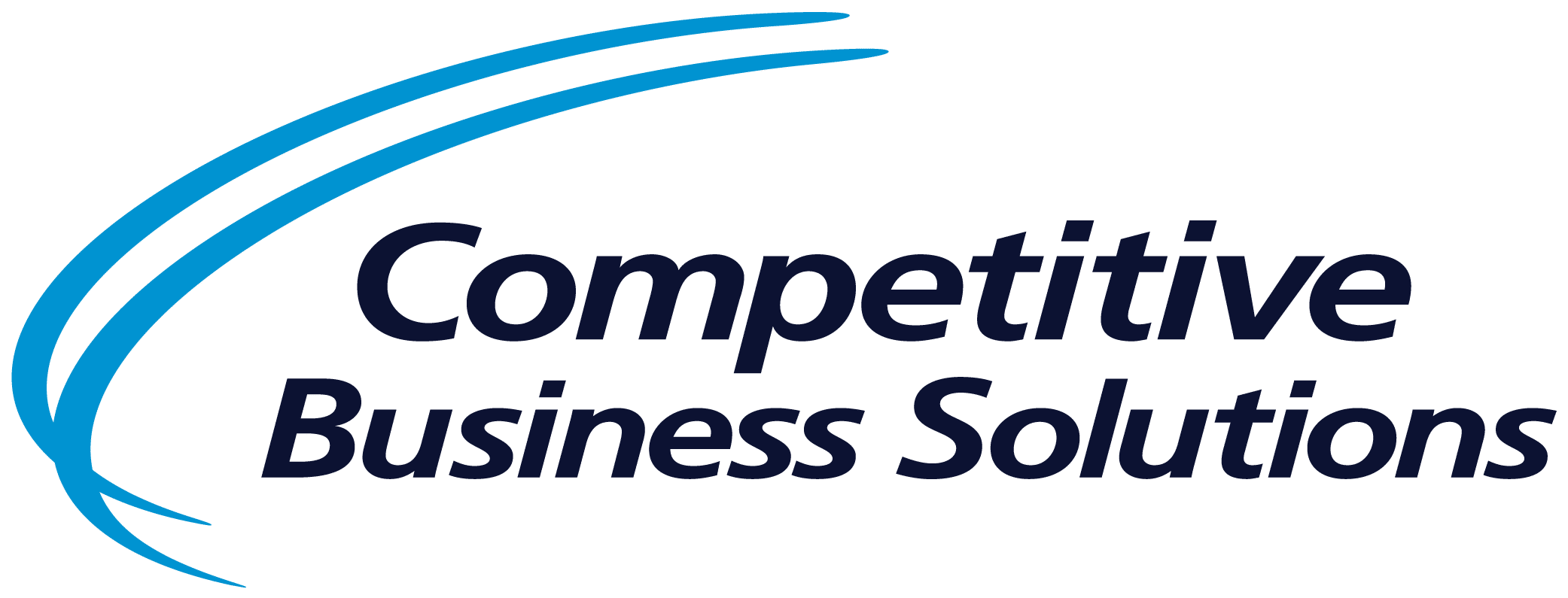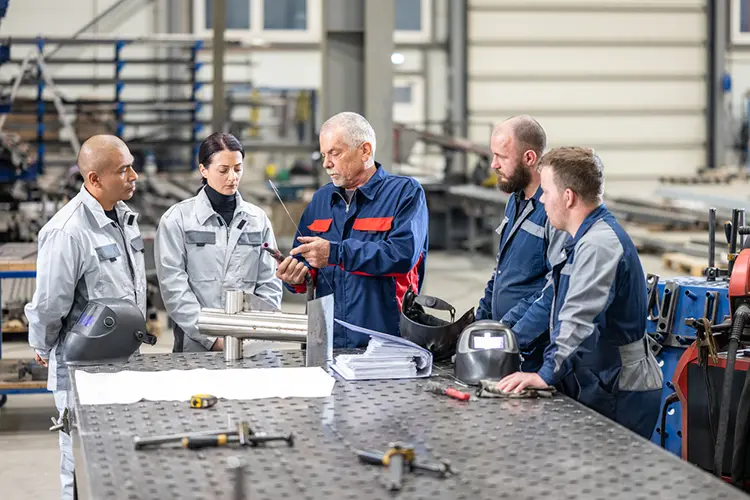We’ve all been there before. The manufacturing floor is humming along, hitting deadlines, reaching quotas – all according to plan.
And then…
A machine goes down. All the progress your team has been making suddenly hits a wall. And the problems spiral out from there.
It’s a simple fact of manufacturing production: machinery reliability is a crucial factor for manufacturing companies looking to optimize their operations. And while many organizations focus on efficiency and quality, availability is an equally crucial part of the Overall Equipment Effectiveness (OEE) framework. The hard truth is that neglecting routine maintenance and care can lead to machine failures–which can, in turn, bring everything, both literally and figuratively, to a screeching halt.
So, to prevent the next disaster, let’s take a look at the importance of machine reliability assessment and highlight the key steps and pillars involved in developing a healthy maintenance system. By prioritizing machine reliability, manufacturing leadership teams can improve productivity, reduce downtime, and enhance overall operational effectiveness.
Understanding Machine Reliability Assessment
Machine reliability assessment is essential for identifying potential failures and ensuring optimal performance. By examining daily, weekly, monthly, quarterly, semi-annual, and annual maintenance practices, organizations can evaluate the health of their machinery. However, many manufacturers face challenges in maintaining equipment due to a lack of prioritization or a reactive “run-to-fail” mindset. This approach leads to prolonged equipment downtime and costly repairs. To address this issue, it is crucial to adopt a proactive approach that encompasses the pillars of Total Productive Maintenance (TPM).
The Four Pillars of Total Productive Maintenance
The four pillars of TPM provide a comprehensive framework for achieving machine reliability. They include training and education, continuous improvement, planned progressive preventive maintenance, and autonomous maintenance. Educating the workforce on these pillars and bringing together operations, maintenance, and engineering representatives facilitates a collaborative approach to machine reliability. Through a step-by-step process, including understanding equipment, cleaning to inspect, inspecting to detect, and detecting to correct, maintenance teams can address potential failure points and implement necessary maintenance activities before equipment failure occurs.
Safety and Cultural Aspects
Machine reliability assessment goes hand in hand with safety considerations. Prioritizing safety measures, such as proper lockout tagout procedures, job safety analysis, and meeting minimum OSHA requirements, ensures a secure working environment. Evaluating guarding mechanisms and failsafes on machines enhances both safety and reliability. By fostering a culture of machine maintenance and safety, organizations create a healthier work environment and reduce the risk of accidents or injuries.
Implementing Effective Maintenance Practices
To maintain machines properly, it is essential to implement daily clean, inspect, and lube standards. Training sessions that combine classroom learning with hands-on application provide employees with the necessary skills and knowledge. Additionally, understanding lubrication requirements, such as differentiating between oil and grease and following appropriate schedules based on environmental factors and machine movement, contributes to enhanced machine reliability. Collaboration between operations, engineering, and maintenance teams during the assessment process facilitates knowledge sharing and fosters a culture of continuous improvement.
The Cost of Neglecting Machine Maintenance
Neglecting equipment maintenance may seem like a time-saving strategy in the short term, but it ultimately leads to machine failures, extended downtime, and increased costs. Investing time in proper maintenance activities upfront can save significant time and resources in the long run. By emphasizing the importance of maintenance, manufacturing leadership teams can mitigate risks, improve reliability, and optimize production efficiency.
Machine reliability assessment is vital for manufacturing organizations seeking to maximize operational efficiency. By focusing on the four pillars of TPM, integrating safety considerations, and implementing effective maintenance practices, companies can ensure optimal machine performance and minimize downtime. By investing time and resources in proactive maintenance activities, manufacturing leadership teams create a culture of reliability, productivity, and continuous improvement. Prioritizing machine reliability is an essential step toward achieving operational excellence in the manufacturing industry.



